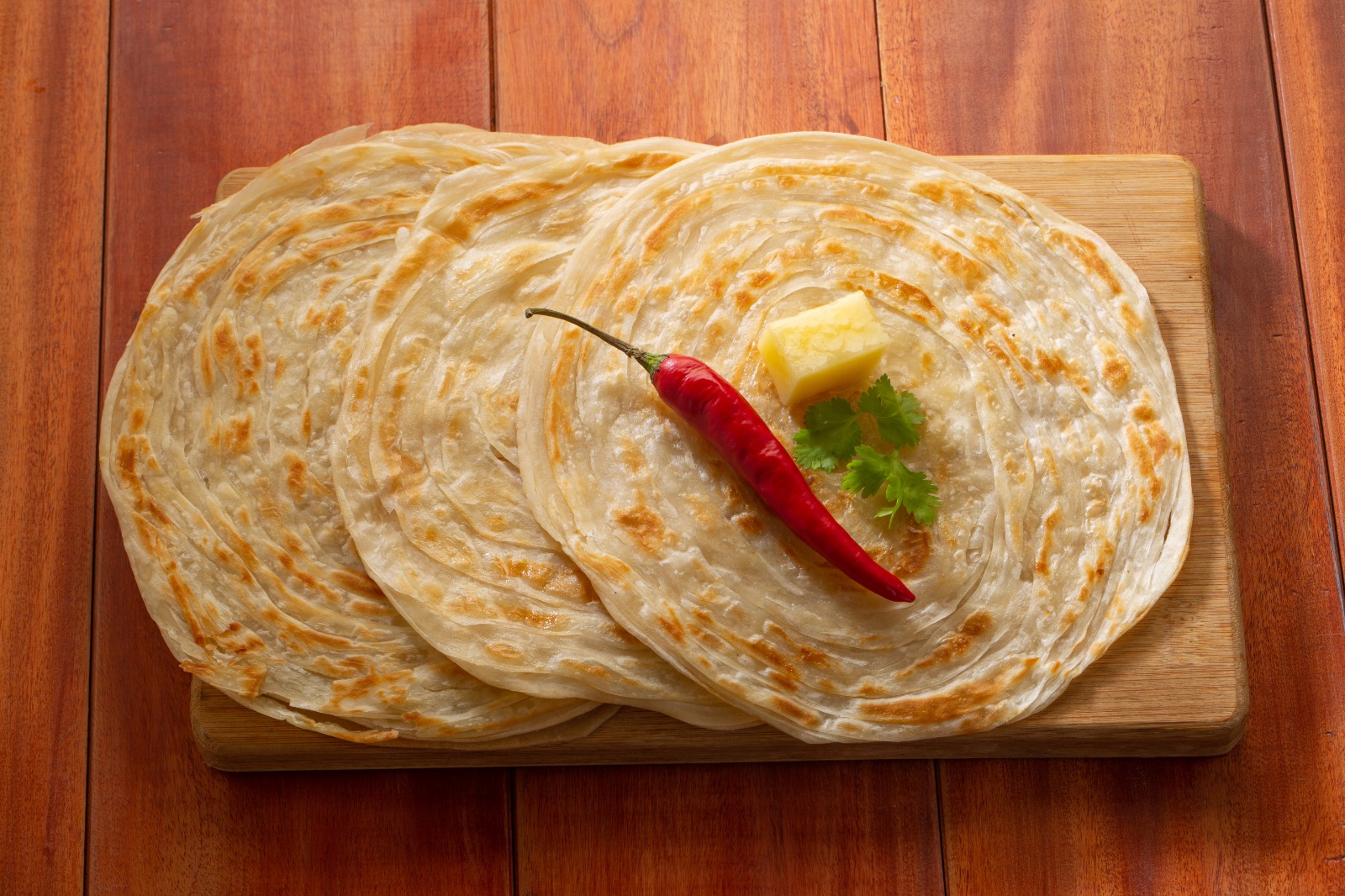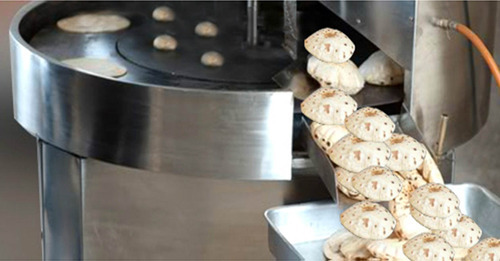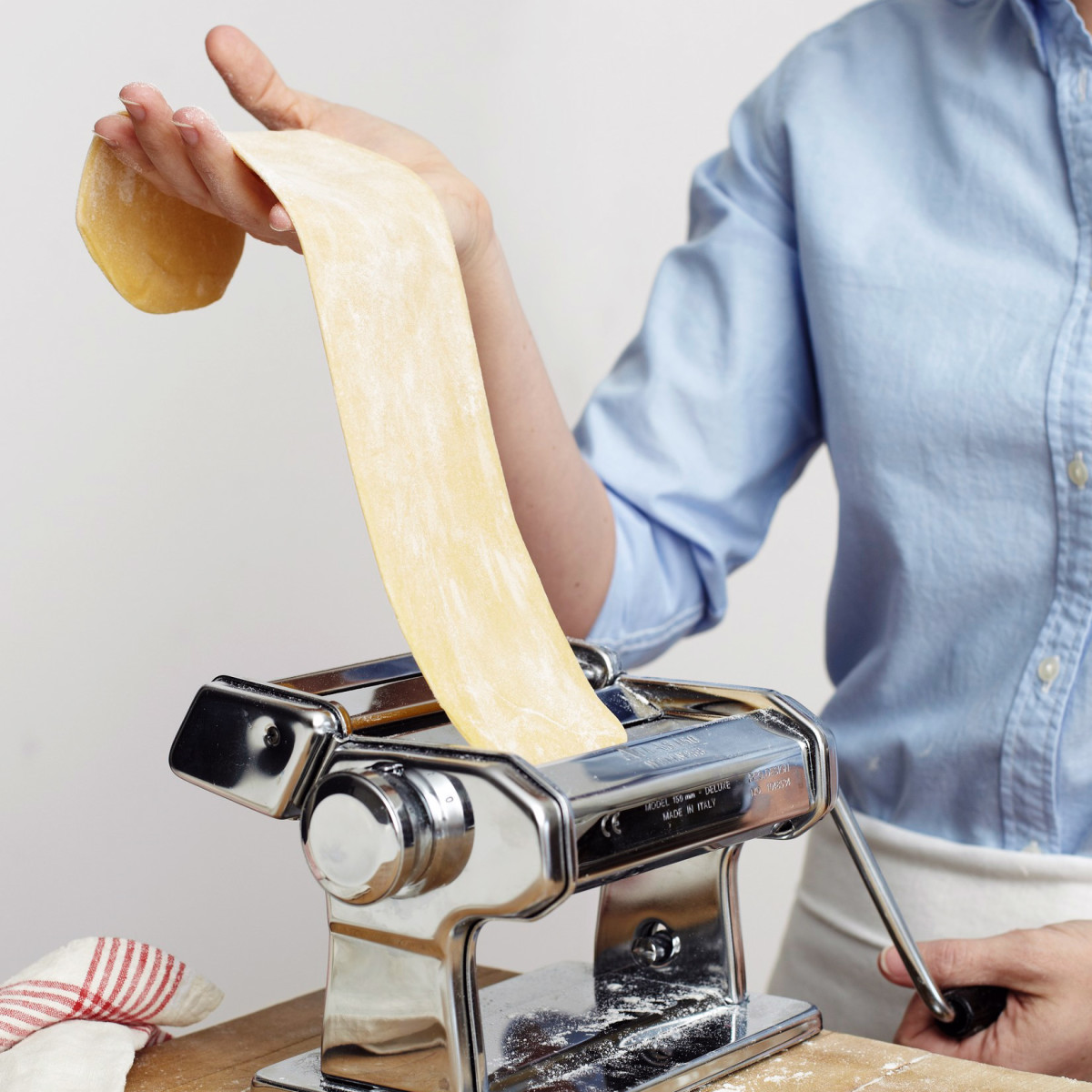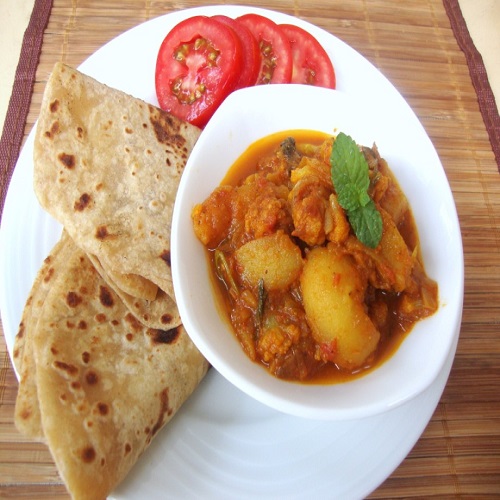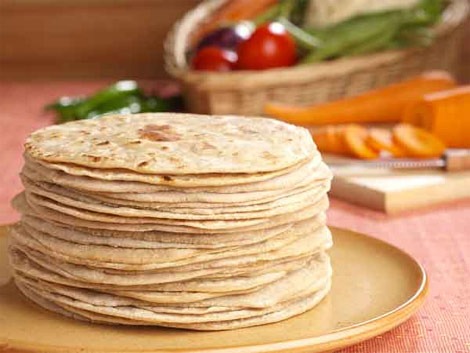Paratha, a beloved layered flatbread originating from South India, has won the hearts of millions with its flaky texture and delectable taste. Its preparation, however, involves a labor-intensive process that demands skill and expertise to achieve consistent quality. In recent times, the idea of a paratha making machine has gained traction, promising numerous benefits that could revolutionize the production of this traditional delicacy.One of the primary advantages of a paratha making machine lies in its ability to save time and increase production efficiency significantly. The manual preparation of parathas can be a time-consuming process, especially when catering to larger quantities or commercial demands. The machine’s utility in automating the stretching, folding, and cooking process can lead to a substantial reduction in production time, allowing for a higher output without compromising on quality.The desired flaky and multi-layered texture of paratha requires skill and experience to achieve consistently. A machine, with its programmed precision, can ensure uniformity in the preparation, leading to uniformity in taste and texture across every single paratha produced. Consistency is vital for retaining the most authentic experience in the eyes of the consumers, thus enhancing customer satisfaction and loyalty.
In a world that prioritizes hygiene and food safety, a paratha making machine can be designed with materials and features that adhere to the highest standards. Compared to the human touch, machines minimize the risk of contamination, ensuring a cleaner and safer production process. This can be particularly advantageous in commercial settings, such as restaurants and food manufacturing units, where food safety regulations are paramount.The traditional process of making paratha involves repetitive and physically demanding tasks, putting a strain on the workers involved. Introducing a machine can alleviate this burden and reduce the need for extensive physical labor. This, in turn, can lead to a more comfortable working environment, improved job satisfaction, and enhanced employee well-being.As demand for paratha increases, a machine can offer a scalable solution to meet higher production needs. This is particularly beneficial in commercial establishments experiencing peak times or looking to expand their offerings. Even if the initial investment in a paratha making machine may be significant for an enterprise, the long-term cost savings from increased efficiency, reduced labor, and consistent output can make it the perfect financial option for businesses.While embracing technology and automation, it is essential to strike a balance between modernization and preserving culinary heritage. In regions where the preparation of paratha is considered an artform or a part of cultural heritage, there may be resistance to fully automated processes. In such cases, a semi-automated machine that assists the manual process without entirely replacing it might be a more acceptable solution, preserving the essence of traditional craftsmanship.

